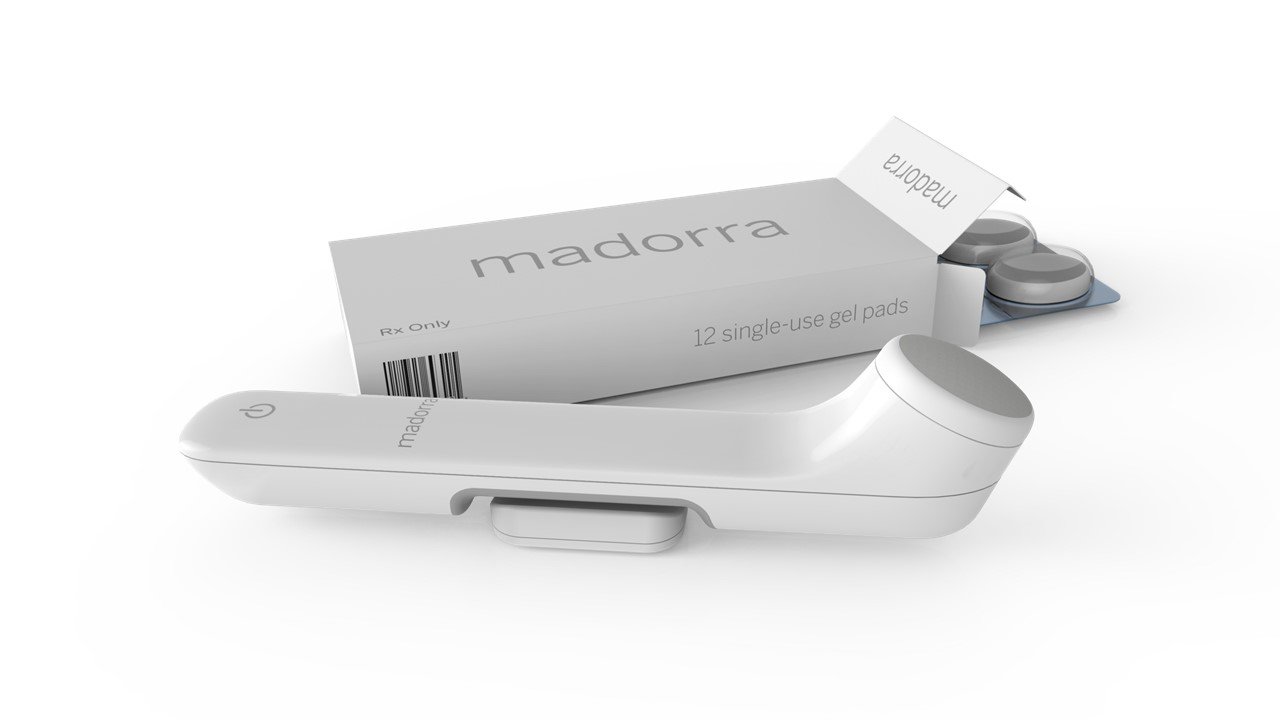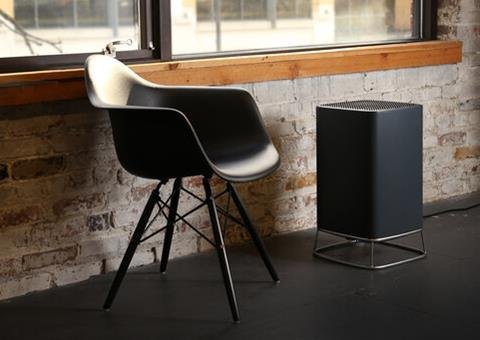Consumer Health and Wellness: How We See Consumer Power Reshaping the Future of Healthcare
The healthcare and consumer industries are transforming rapidly, reshaping competition and revolutionizing how we view healthcare.
And consumers are in the driver’s seat.
The momentum toward consumer health and wellness was building even before the pandemic. However, with the onset of COVID-19, the focus on physical, mental, and emotional well-being surged globally, becoming a catalyst for innovation and newfound opportunities
With a staggering valuation of $1.8 trillion, the opportunity is clear. In the United States, the wellness market has skyrocketed to $480 billion, and according to McKinsey, an impressive 82 percent of US consumers now consider wellness an essential part of their daily lives.
The report also highlighted key markets leading the convergence of the consumer health and wellness industries. These include at-home health, wearables, femtech, cosmetic (like dental innovation and beauty technology), and more.
This month, we dive into our history, spotlighting the projects and experiences pivotal in shaping the landscape of consumer health and wellness, with a focus on key markets. We also provide insight into what brands can expect in the future as consumers’ values continue to shift.
At-Home Health
From connected CPAP machines to AI-driven personalized healthcare assistance, medical device companies have already started to see success with their at-home products. Here’s a look at our products and home-health insights over the years:
At-Home Digital Health: Here’s What You Need to Know About Device Design, Medical Design & Outsourcing interviews CTO, Scott Thielman [podcast]
How to Design Home Healthcare Devices that People Will Use, Scott Thielman writes for Medical Design & Outsourcing [article]
Medical Device Design is Critical to Bringing Healthcare into the Home, Scott Thielman writes for Medical Device & Diagnostic Industry [article]
Nexpil Loop: Rx Medication Reminder [case study]
“In many ways, the medtech industry is playing catch-up with consumer technology. The stakes are high, and getting the user experience right is critical.”
FemTech
Historically, women’s health has been underserved and underfunded, but today, purchases of women’s health products are on the rise. Here’s a look at our projects in the FemTech space:
Madorra: Home Ultrasound System for Women [case study]
The FemTech Revolution [article]
We highlight women’s health in a section of this article: The Future of Health and MedTech: Key Insights from SXSW [article]
Madorra CEO Holly Rockweiler Talks Product Design Thinking on Medsider Podcast [podcast]
Tech Breakdown: Exciting Developments in Therapeutic Ultrasound [article]
Wearables
While wearable devices such as watches have been popular for years, new modalities powered by breakthrough technologies have ushered in a new era for biomonitoring and wearable devices. We expect the use of wearable devices to continue to grow, particularly as companies track a more comprehensive range of health indicators.
Past To Future: How Wearable Medical Devices Improve The Patient Experience [article]
Nurotron: Cochlear Implant System [case study]
Driveline Baseball: Wearable Injury Prevention, winning a 2019 Good Design Award [case study]
Advanced Bionics: First Underwater Chochlear Processor [case study]
Hapbee: Enhance Mood with Ultra Low Energy Signals, and how they decided to outsource their hardware development to PCS [case study and article]
GrooveSync: Connected, Wearable Fitness Device [case study]
“Advances in both medtech wearables and implantables are supporting healthcare outside the clinical setting. These products have allowed patients to have better outcomes and improve their quality of life by integrating the treatment into their daily lives. ”
Dental Innovation
For many consumers, oral hygiene does not just provide functional health benefits; it is essential to their overall well-being.
According to Delta Dental’s latest report, consumers’ understanding of the critical connection between oral health and overall health remains strong and constant year over year. In fact, 92% believe their oral health is very, if not extremely, important to their overall health.
In line with these findings, we’re seeing more and more brands taking inspiration from skincare trends with nighttime oral care routines beyond just brushing and flossing. A report by Mintel estimates the oral care market is around $9.7 billion and is forecasted to reach $10.9 billion by 2028.
Here are some of our insights and experiences in dental innovation:
Born in the PNW: Sonicare’s Dental Innovation Legacy [article]
Biolux: Connected Orthodontic Treatment Device [case study]
Dental Device Design and Development [services]
“We [know] that if end-users [can] become crusaders of their own experience, the results [will] exceed our expectations.”
Beauty & Wellness
While health remains at the forefront of the consumer health and wellness boom, consumers are seeking additional benefits related to their outer appearance. According to a Mintel Report on consumer behavior, people who want to feel their best physically, mentally, and emotionally may also invest in beauty and health as a lifestyle choice. Here is an outline of our projects from over the years:
Loreal Shines as an Example of the Connected Consumer Health & Wellness Ecosystems at CES 2024 [article]
Light Therapy Sartup, SOLIUS, Finds Opportunity Amid Global Pandemic [article]
Agentis: Indoor Air Purification and its IDA award [case study and article]
Zeno: The Low Heat Acne Clearing Device [case study]
Aquanano: High-Performance Water Filter [case study]
L’Oreal: Beauty Tech Innovation [case study]
Consumer Product Development [services]
Across the landscape of consumer health and wellness, our experience has unfolded across a variety of markets, such as at-home health, femtech, wearables, dental innovation, and beauty technology.
With the wellness market in the United States soaring to $480 billion, consumers are becoming active participants by prioritizing wellness in their daily lives. Embracing innovation, prioritizing user experience, and staying attuned to shifting consumer values will be paramount for companies looking to break into this industry.






